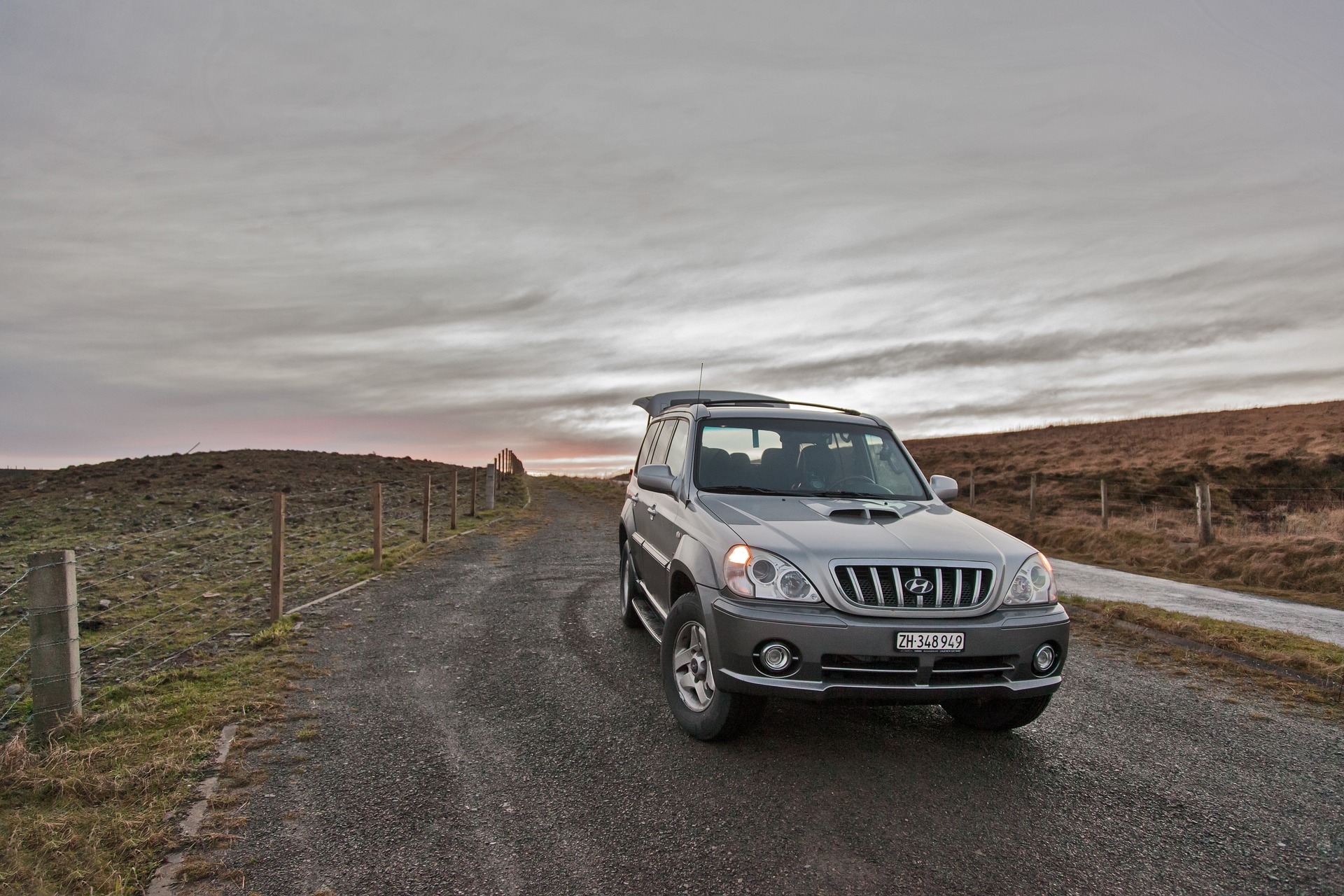Off-road vehicles are designed to handle rough terrain and provide an exciting driving experience. If you’re looking to buy an off-road vehicle, there are a few key features to consider. In this guide, we’ll take a look at some of the top models and features to help you choose the right off-road vehicle for your needs.
Top Off-Road Models
- Jeep Wrangler
The Jeep Wrangler is one of the most popular off-road vehicles on the market. It features a powerful V6 engine, four-wheel drive, and high ground clearance. The Wrangler also has a removable roof and doors, allowing you to enjoy the great outdoors while on the go.
- Toyota 4Runner
The Toyota 4Runner is a reliable and capable off-road vehicle. It comes standard with four-wheel drive and a powerful V6 engine. The 4Runner also has a rugged body-on-frame construction and a high ground clearance, making it ideal for off-road adventures.
- Ford F-150 Raptor
The Ford F-150 Raptor is a high-performance off-road truck. It features a powerful V6 engine, four-wheel drive, and a specially tuned suspension system. The Raptor also has skid plates, locking differentials, and off-road tires, making it a great choice for serious off-road enthusiasts.
- Chevrolet Colorado ZR2
The Chevrolet Colorado ZR2 is a midsize pickup truck that’s designed for off-road adventures. It comes standard with four-wheel drive and a specially tuned suspension system. The ZR2 also has skid plates, locking differentials, and off-road tires, making it a great choice for tackling rough terrain.
Top Off-Road Features
- Four-Wheel Drive
Four-wheel drive is essential for off-road driving. It allows the vehicle to send power to all four wheels, providing better traction and control on rough terrain.
- Ground Clearance
Ground clearance is the distance between the lowest point on the vehicle and the ground. Off-road vehicles need high ground clearance to clear obstacles like rocks and fallen branches.
- Skid Plates
Skid plates are metal plates that protect the underside of the vehicle from damage when driving over rocks or other obstacles.
- Locking Differentials
Locking differentials are a feature that allows the wheels on each axle to spin at the same speed, providing better traction on uneven terrain.
- Suspension System
A high-quality suspension system is essential for off-road driving. It helps absorb shocks and vibrations, providing a smoother ride and better handling.
- Towing Capacity
If you plan to tow a trailer or other equipment while off-roading, it’s important to choose a vehicle with a high towing capacity.
- Winch Compatibility
Winches can be a valuable tool when off-roading. Look for a vehicle that has a winch mount, or choose one that is compatible with aftermarket winch systems.
- Crawl Control
Crawl control is a feature that allows the vehicle to maintain a steady speed while navigating over challenging terrain. It can be especially useful when driving over rocks or through deep mud.
- Hill Descent Control
Hill descent control is a feature that allows the vehicle to maintain a steady speed while driving down steep inclines. It can help prevent the vehicle from sliding or losing control on slippery or uneven terrain.
- Off-Road Tires
Off-road tires are specially designed for off-road use, with deeper treads and stronger sidewalls to provide better traction and durability. Look for a vehicle that comes with high-quality off-road tires, or choose a vehicle that can accommodate aftermarket off-road tires.
In addition to these features, there are several other factors to consider when buying an off-road vehicle, such as the size of the vehicle,
fuel efficiency, and overall cost. It’s also important to consider the type of off-roading you plan to do, as different vehicles and features are better suited for different types of terrain and activities.
When it comes to size, larger vehicles like trucks and SUVs tend to perform better off-road, as they have higher ground clearance and more space for storage and equipment. However, smaller vehicles like Jeeps and ATVs can be more maneuverable and easier to navigate through tight spaces and narrow trails.
Fuel efficiency is also an important factor to consider, especially if you plan to do a lot of off-roading. Larger vehicles tend to have lower fuel efficiency, which can be costly over time. However, some manufacturers are now offering hybrid or electric off-road vehicles, which can be a more eco-friendly and cost-effective option.
Finally, it’s important to consider the overall cost of the vehicle, including upfront costs, maintenance, and repairs. Off-road vehicles can be expensive, and repairs and maintenance can also add up over time. Look for a vehicle with a good warranty and a reputation for reliability and durability to help minimize costs in the long run.
In summary, buying an off-road vehicle can be a fun and exciting process, but it’s important to choose the right model and features to ensure a safe and enjoyable off-road experience. Consider factors like four-wheel drive, ground clearance, skid plates, towing capacity, and off-road tires, as well as size, fuel efficiency, and overall cost, when making your decision. With the right vehicle and equipment, you’ll be ready to tackle any off-road adventure.
